Verification of documents: what is missing office applications "for complete happiness"
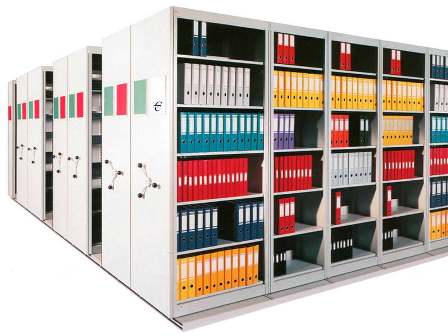
The possibility of electronic processing of various documents can be called one of the main reasons for the mass distribution of personal computers, both among home users and in the corporate sector.
Nowadays almost any printed matter and documents: whether diplomas or essays, journals or books, statements or notes, reports or presentations are created on a computer.
The vast majority of people who have ever sat down at a computer had to deal with the processing of text documents, and for many of them this caused the first acquaintance with a PC.
')
Moreover, many users put an equal sign between the concepts of "document processing software" and Microsoft Office . The operating system does not provide standard tools for professional, complete processing of documents. But besides MS Office there are products from other manufacturers.
Surely, each of them has its drawbacks. Currently, the undisputed market leader is the brainchild of Microsoft, and its competitors are selflessly working on it. However, in this area until a breakthrough has happened. What is missing from existing products "for complete happiness"?
Microsoft Office History
1983 - the creation of the first text editor Multi-Tool Word (for DOS).
1984 - the appearance of the first versions of spreadsheets (the final versions appeared in 1985).
1987 - the creation of the first black and white version of Power Point (for Macintosh; the Windows version appeared in 1988).
1988 - the first version of the integrated Microsoft Office suite (Macintosh version; included a text editor, spreadsheets, presentation tool and mail program - almost the entire classic set of applications).
November 19, 1990
Released Microsoft Office for Windows, also known as Office 1.0. Office 1.0 includes Word 1.1, Excel 2.0, and PowerPoint 2.0. In the same year, Microsoft becomes the first company whose sales exceed $ 1 billion per year.
August 30, 1992
Microsoft Office 3.0 was released on a CD that includes Word 2.0c, Excel 4.0a, PowerPoint 3.0 and Microsoft Mail. This extremely popular version of Microsoft Office will later be renamed Office 92.
June 2, 1994
Released Microsoft Office 4.3, which includes Word 6.0, Excel 5.0, PowerPoint 4.0, Mail 3.2, and Access 2.0 in the Pro version. This is the latest 16-bit version and the latest, which supports Windows 3.x, Windows NT 3.1 and Windows NT 3.5.
August 30, 1995
Office 95 was released, which coincided with the release time of the Windows 95 operating system. Supports only Windows 95, NT 3.51 and higher. This is the first version of Office, in which the versions of all major components of the product (Word and others) are the same.
December 30, 1996
Office 97 was released, including Word 97, Excel 97, PowerPoint 97 and Mail 97. Office 97 was released on CD and in a set of 45 3.5-inch floppy disks.
January 27, 1999
Released Office 2000, which includes Word, PowerPoint and Excel 2000. This is the latest version that supports Windows 95, as well as the latest version of Office, which does not require product activation and is not covered by an authentication program (Office Genuine Advantage).
May 31, 2001
Office XP Edition, which includes Word, Excel, and PowerPoint 2002. This is the latest version that supports Windows 98, Windows ME, and Windows NT 4.0. This version has improved support for working with user accounts with limited rights in Windows 2000 / XP.
November 17, 2003
Released Office 2003, which includes Word, PowerPoint and Excel 2003. This is the latest version that supports Windows 2000 and the first Microsoft Office, which contains Windows XP-style icons that will be used in future versions of Office.
January 30, 2007
Released Office 2007, which includes Word, Excel and PowerPoint 2007 version. Office is distributed with Windows Vista and contains a completely new graphical user interface - Fluent User Interface.
June 15, 2010
Office 2010 released with user interface updates, support for extended file formats, and a modified UX. This is the first version released on 32- and 64-bit. As well as the first release of free online versions of Word, Excel and PowerPoint.
Microsoft Office 2013
The package was submitted on July 16, 2012.
The package has a simpler interface that resembles Metro UI from Windows 8.
The new version appeared as a result of the development of MS Office 2010.
• Integrated with OneDrive cloud storage. All created Office documents are saved in the vault. If desired, you can save the document to your computer.
• Exchange ActiveSync protocol support (EAS) for synchronizing mail, contacts, tasks.
• Work with PDF files, including editing.
• Design tab, which allows you to customize the style for the entire document at once and the new reading mode in Word.
• Insert online video.
Microsoft Office 365
Microsoft Office 365, released in 2012, provides secure, universal access to email and calendars, instant messaging and files, Office Web Apps and conferences. Office 365 is a cloud-based application for chatting and working with files in the cloud.
Microsoft Office 2016
The main innovation of Office 2016 is the collaboration feature, which makes it a competitor of the cloud office from Google. In the new office, you can not only edit documents with remote employees, but also discuss this process in the form of a video conference. This was made possible by the integration into office applications of Skype for Business, so now not only video chat is available, but also text messaging and file exchange.

According to Microsoft, the new office suite has been created from scratch, and its performance should increase compared to previous versions. At the same time, the key changes affected the interface, introduced closer integration with the Internet (in particular, online spell checking, the ability to work with search engines directly from office programs, simplified file sharing through cloud resources, simple access to the ability to simultaneously edit a document by several editors from different computers, etc.) and a number of other changes.
Windows vs MAC OS
Microsoft Office is more popular with Windows users. Therefore, the leadership of MS in the market depends largely on the popularity of the Windows operating system family.
Windows 10 vigorously entered the new year and reached new heights, increasing its market share. Half a year has passed since the day of its release, and this year, enterprises, and not just home users, should start helping to spread.
Statistics from StatCounter for January says that Windows 10 is installed on 13.57% of computers in the world, making it second after Windows 7. The new system bypassed Windows 8.1 from its 11.66% and also outperforms Mac OS X, which is losing users and now has 9.03%. The leader also has a share of 46.76%. In Europe, the share of Windows 10 is 17.77%, while Windows 7 is 42.68%. In the US, Windows 7 has a smaller share - 40.63%, while Windows 10 and Mac OS X are competing for second place with 15.57% and 15.16%.
Net Applications statistics show that Windows 10’s share increased by almost 2% in January, which is the best value since August, the first full month after the system’s release. In December, the share was 9.96%, in January it was estimated at 11.85% (+ 1.89%). In the remaining months, the system grew by about 1%. The share of Windows 7 is 52.47%, Windows 10 is the second, then comes Windows XP with 11.42% and Windows 8.1 with 10.40%.

In this regard, you can recall the Apple iWork office suite, which only supports Mac OS X. iWork is a suite of applications created by Apple Inc that contains a word processor, spreadsheet editor, and a program for creating presentations.
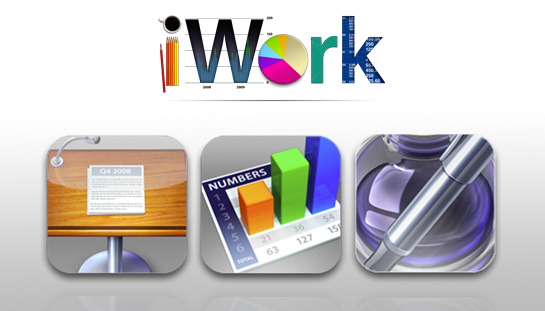
Image from nerdoholic.com
Although iWork is declared by Apple as the “successor of AppleWorks”, it does not support the functionality of the AppleWorks database and drawing tools. IWork's main competitor is Microsoft Office for Mac. iWork is free, but does not contain equivalents of a number of programs included in some versions of Microsoft Office.
Free - analogues?
Google docs
Developers: Google
Release Date: 2010
Cost: Free
Compatibility with Microsoft Office: is
Google Docs is a browser-based version of Microsoft Office, only with a smaller set of features. To access Google Docs, it is enough to have an account with Google (in simple words, to get mail).
Google Docs is a free online office that includes a text-based, spreadsheet-based processor and a service for creating presentations, as well as a web-based cloud storage service for files with file sharing functions developed by Google. Formed by the merger of Writely and Google Spreadsheets. Later, the application's functionality was expanded using the office Quickoffice package acquired by the search corporation in 2012.
For the Google Android and Apple iOS mobile platforms, the company is developing a special edition of applications created using the Android SDK and Xcode.
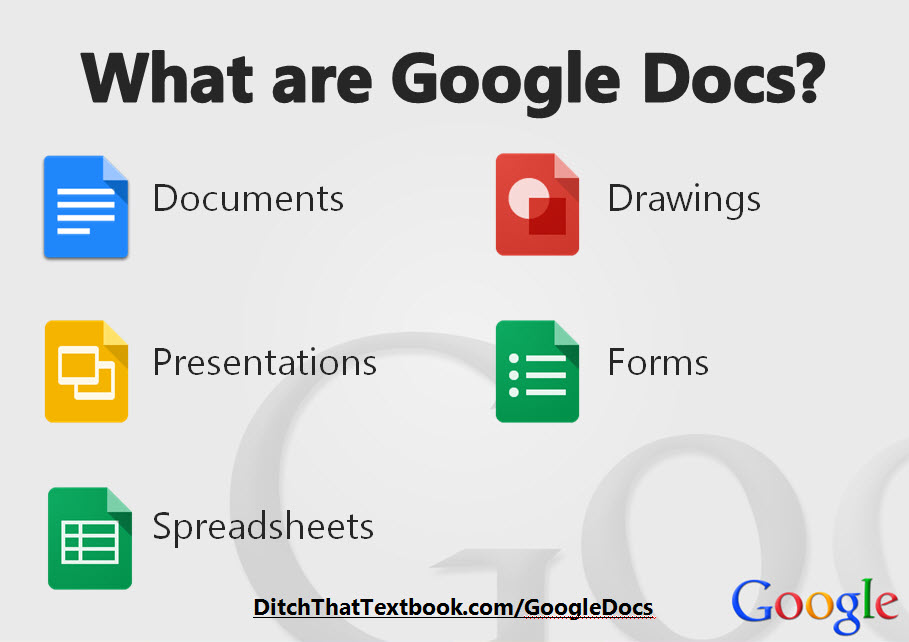
This is web-based software, that is, a program that runs within a web browser without being installed on a user's computer. Documents and tables created by the user are stored on a dedicated Google server, or can be exported to a file. This is one of the key advantages of the program, since access to the entered data can be carried out from any computer connected to the Internet (access is protected by a password).
Google Docs allows you to edit text documents, work with tables and create presentations - alternative versions of Word, Excel and PowerPoint, respectively. The internal interface is very similar with Microsoft Office, but in its functionality Google Docs is clearly inferior to its eminent competitor.
Openoffice
Developers: Apache Software Foundation
Release Date: 04/30/2002 year
Cost: Free
Compatibility with Microsoft Office: is
OpenOffice is a suite of office software in which you can process text, databases, presentation tables, and more. Every day it is becoming more and more popular among foreign users, because it is available for download for free.
The development of OpenOffice in 2000 did not start from a clean slate, but by studying and transforming the groundwork of the German office suite StarOffice (1999), which launched the free, open-source document management software. The first public launch of OpenOffice took place in 2002 and the package could be freely installed and used on home computers, in educational institutions and various organizations. The product gained tremendous popularity in the post-Soviet space.
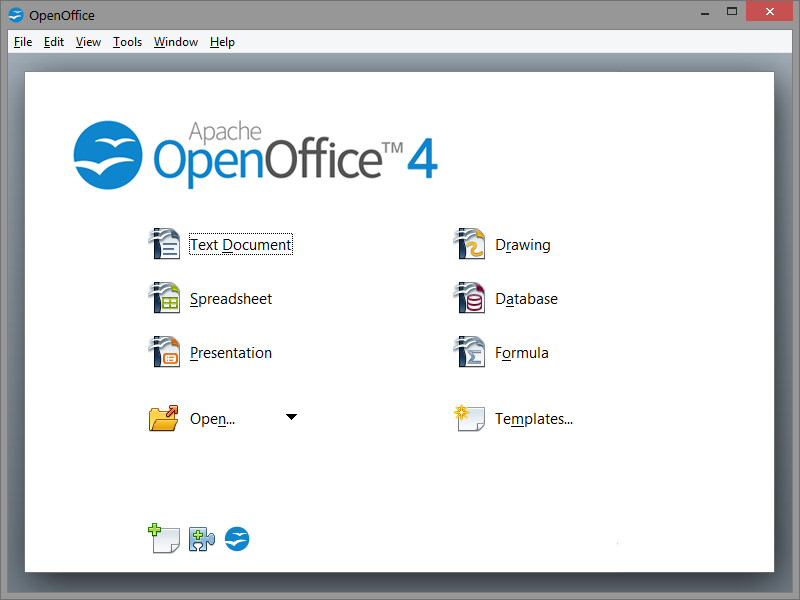
In 2010, during the reorganization and creation of a new non-profit company The Document Foundation, most of the developers broke away, which later began working on their own project LibreOffice (it is often compared to OpenOffice).
Compatibility and formats
No matter how the developers declare support for all conceivable and inconceivable office formats, problems with OpenOffice still arise from time to time. The Apache brainchild still cannot correctly open Microsoft Office OpenXML format documents, that is, * .docx, * .xlsx and * .pptx. If you can solve the problem of importing and exporting in * .docx with the help of short dances with a tambourine, you can’t do anything with the other two formats.
Not quite correct work with the formats is observed in other similar applications of the office suite. Complicated Microsoft Office documents opened in OpenOffice will have visible and sometimes significant changes. Apache developers swear they are constantly working on this problem, but the results are still frankly weak.
Libre office
Developers: The Document Foundation
Release Date: 10/14/2010 year
Cost: Free
Compatibility with Microsoft Office: is
If OpenOffice tries to copy Microsoft Office, then LibreOffice is the twin of OpenOffice. The functional set of LibreOffice is similar to the office suite from Apache, to the extent that the developers of LibreOffice were too lazy to rename the names of the functions (Writer, Calc, Impress, Math, Draw, Base). The only noticeable difference between these two office products is the interface color scheme.
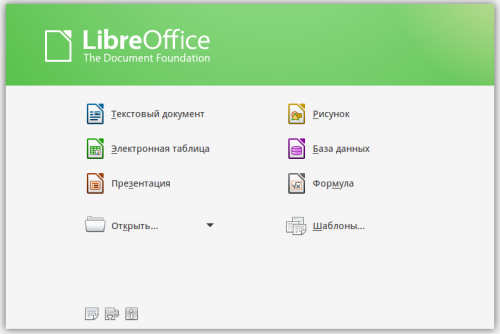
But they are most powerfully developing their counterpart, rather than the original project. Interchangeability is moderately complete, that is, you can easily open Microsoft Office files of the above-mentioned formats without any special problems, and you can use native LibreOffice files like .odt and others.
On the wave of import substitution
MoiOffice is an office application package developed by the Russian company New Cloud Technologies. The package consists of cloud storage, applications for working with text and spreadsheets, e-mail client and mail server, services for working with contact information and an online calendar. Announced version of the editor of graphic presentations and corporate messaging system.
The platform "MyOffice" includes the following components:
• Documents - interface for working with the list of files, setting permissions and launching editors (the document owner can allow editing, viewing and commenting separately for each file to a specific user or group of users).
- Text, spreadsheet and presentation editors (announced) with collaboration support.
- Cloud storage and mail server for deployment in a “private cloud” - on the customer’s own hardware
- Email client, address book and calendar with task manager functions.
The editors included in the package support working with documents in “binary” Microsoft Office formats (.doc, .xls), Office Open XML (.docx, .xlsx) and OpenDocument (.odt, .ods) formats, export to PDF. The spreadsheet editor can work with Microsoft Excel format formulas.
The mail client supports work with own mailboxes, simplified connection of Microsoft Outlook, Gmail, Mail@Mail.Ru, Yandex.Mail and Yahoo! Mail and IMAP and SMTP settings, has built-in spam protection, can sort letters and join them into chains. Programs and services are available through the web interface, applications for Microsoft Windows, iOS and Android. Announced versions for OS X, Linux and Tizen

The plans of New Cloud Technologies are ambitious - 30% of the market in Russia and 20% in the CIS countries already in five years, by 2020.
New Cloud Technologies announced plans to sell MoiOffice solutions 30-40% cheaper than market leaders. True, the cost of the new product is not compared to the roughly similar in functionality cloudy Office 365, but to the regular Microsoft Office “Standard” license for corporate users.
MS Office as a one-time purchase is available at the following prices:
- For business - from 17 thousand rubles
- For the house - from 5 thousand rubles
- Microsoft Office Standard - 18 500 rubles
For home use, the price of the product starts from 2700 rubles with a subscription for a year, or from 269 rubles with a subscription for a month.
Comparing "My Office" with Office 365, distributed by subscription, it seems more logical. This approach is favored by both a comparable model of using both services and the logic of development of office products drifting towards the subscription model, they wrote to CNews.
The field on which MoiOfis is already beginning to fight with Microsoft Office is government customers and educational institutions. For the first, “New Cloud Technologies” set a special price, the second package will be provided free of charge.
Find the 7 differences

What could be a killer product for office suites?
I hope the above will lead readers to think about what is still missing office suites. For some, Microsoft Office is still the "light in the window." But for the light you need to pay a considerable amount. And perhaps someone is willing to pay big money if the very product of the dream appears, in which the desired functions will be realized.
And someone is generally happy with everything - just to be free.
I propose to express in the comments my wishes, aspirations, to share the experience of using office suites: finishing, setting up, working with plugins, and so on.
Source: https://habr.com/ru/post/303906/
All Articles